I have a confession to make…I have soil envy. Not something you hear many people say very often but there it is. A friend of mine lives in the East Riding of Yorkshire and whenever I visit her house I marvel at the beautiful dark, friable and easy-to-dig soil that her vegetables luxuriate and grow abundantly in. On returning home, I curse the heavy, hard, nutrient rich clay soil we have here in our corner of East Anglia. In winter it’s too wet to dig and in summer it can be as hard as a brick, especially after weeks of no rain. So what is the answer?
Rich organic matter! Otherwise known as homemade garden compost.
It’s become my new obsession…..making compost. I find myself at this time of year collecting any green clippings and cuttings I have and with great excitement I count how many trips to the compost heap I can make with it. Why? Because it’s providing me with free compost that I know will improve my soil and help my plants grow better. I’m sure it must be every gardener’s dream to have a never-ending supply of homemade compost; something I’m not yet close to achieving because so much compost is needed in the garden, yet it is a goal that I am aiming for.
Making your own compost and adding it to the soil in your garden has many benefits. Here are a few:
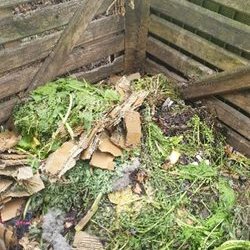
You can start making compost at any time of the year however late spring/early summer is the perfect time to start a compost heap as there is an abundance of green plant material available to start a heap with. There are many ways to do it and wide variety of products on the market that can help you compost however they do vary in price. I am going to outline a budget friendly, easy way, for you to begin making compost at home. Whether you have a small or large garden this should work for you.
As they are not particularly pretty and can smell, a good place for your compost heap is away from the house, in a quiet hidden corner of the garden. If you are not going to make a container for your heap then locating your heap behind a tall shrub or shed would be ideal as they make a good screen.
The cheapest, easiest and least time consuming way to start making compost if you haven’t begun already is to just start a pile somewhere in your garden and keep adding new material to it. You do not need a container, just keep piling your waste material onto the heap and fork it over every few weeks.
However, putting your compost heap into a container can help speed up the process of composting and it contains what can be an unsightly mess to one place. The most common containers are self-assembled wooden containers or plastic ones.
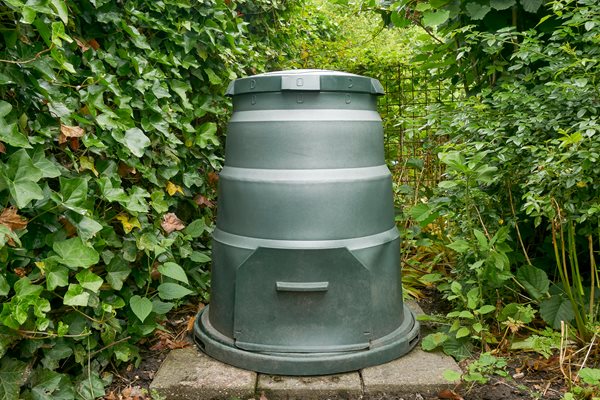
Plastic compost heaps can be bought and some councils have schemes where you can buy them from the council at a reduced rate.
An old bin would also do the job well.
Quite often freecycle or other social media swap/purchase sites have compost bins or other vessels that can be used as a compost bin listed so it’s worth checking out this option first.
The benefit of a plastic bin is that the matter you put in it warms up quickly and turns into compost quicker. This is because the dark plastic absorbs and stores thermal energy and releases it slowly which speeds up the rate of composting.
You can make compost in plastic bins in just 3 months.
The downside to plastic bins is that it might not make enough compost for your needs. If you have a larger garden or many pots/planters you would like to fill, you may wish to make yourself or buy wooden compost bins.
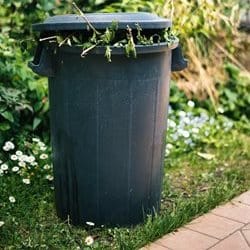
Old pallets are great for making a quick and easy compost bin and there are many tutorials available on the internet for how to do this.
It is a good idea to make two or more bins next to each other so that you can turn your compost into the next bin. When composting in a wooden bin it is important to regularly turn your compost to aerate it as the more you do this the speedier your rate of composting will be.
The downside to wooden bins is that the compost takes a little longer to make. You can make compost in a wooden bin in around 9-12 months depending on how often you can turn your heap. In dry weather you may need to water your compost to aid the rate of composting.
There are a variety of recipes for compost but a common one is 50% green material and 50% brown material. Here are a few examples of what can and can’t go on your heap.
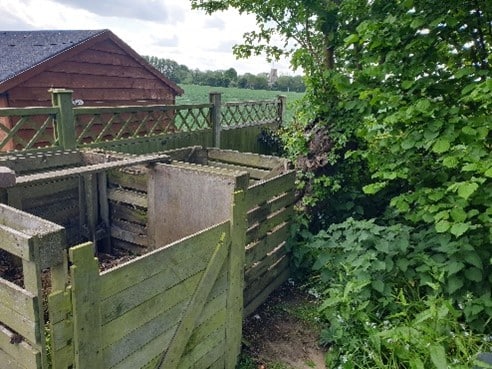
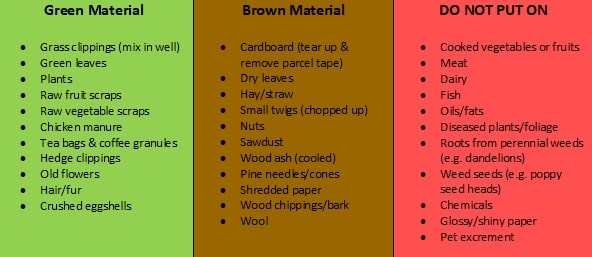
The smaller you chop your material the sooner it will break down and turn into compost. Remember to stick to the ‘DO NOT PUT ON’ list of items, otherwise you may attract unwanted vermin to your compost heap.
You know your compost heap is healthy if you can see many worms in it when you turn your pile over. Worms are the backbone of a compost heap, they eat the waste matter that you have added to the heap and as the waste material passes through their bodies it turns into compost and comes out through their tail end. They are a wonder and much needed in the garden!
Your compost is ready to use once it is dark brown, has a crumbly texture and smells like earth (and no longer rotting vegetables). You can sieve your compost to get a finer compost which is perfect for sowing seeds in or you can add it to your vegetable and flower beds to help enrich and improve your soil. You can fill pots or planters with your home made compost and grow flowers or vegetables.
If you have a small garden or balcony there are compost tumblers or wormeries that you can buy that are small to store and quickly turn your kitchen waste into compost.
For people with dogs, there are special dog poo compost bins you can make or buy that allow you to turn your dogs waste into compost. This type of compost can only be used on flowers and shrubs that are not for eating. This would divert another waste product from landfill and put it to good use in the garden – compost for free. I know this is going to be one of my next projects!
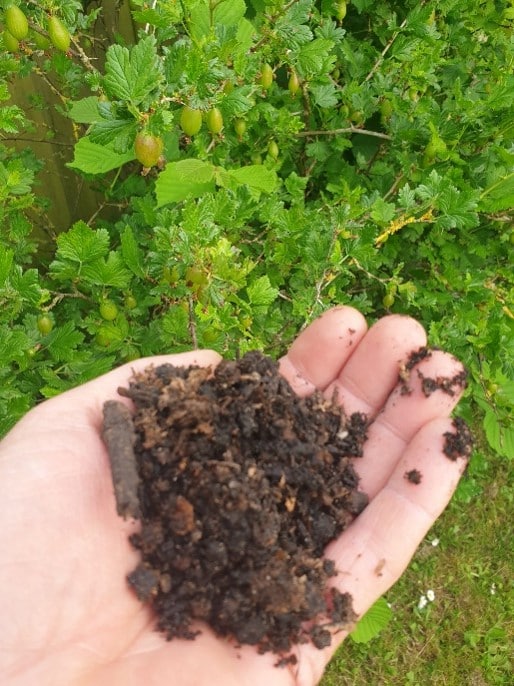
Now, all that’s left to do is give it a go; Happy composting!
If home composting is not for you, or you need more than you are able to make, Rolawn’s Compost Soil Improver is a reliable, peat-free alternative.
Guest Author: Nicky Sharp
Nicky is a green-fingered mum of three who until recently was a self-taught gardener. Having left her teaching career to support her young family, she has now been able to pursue her passion for horticulture, recently embarking on an RHS course to enhance her expertise.